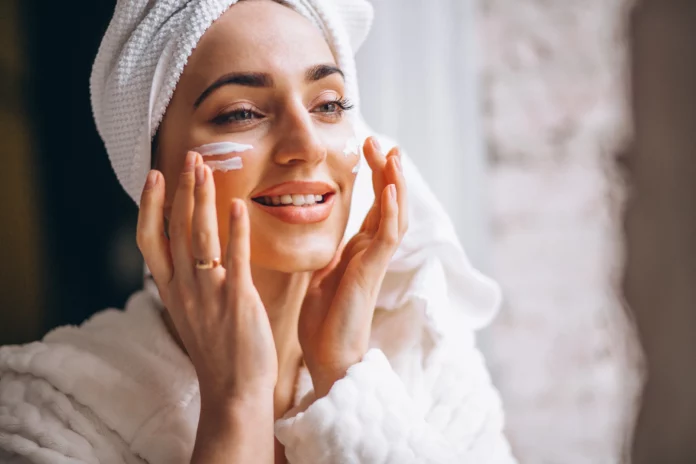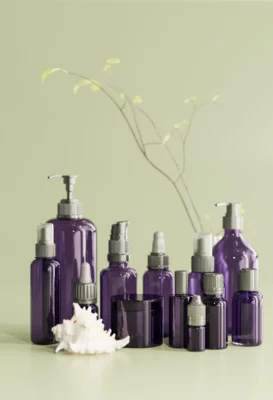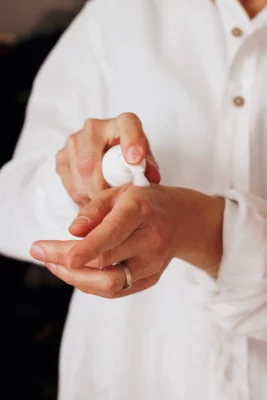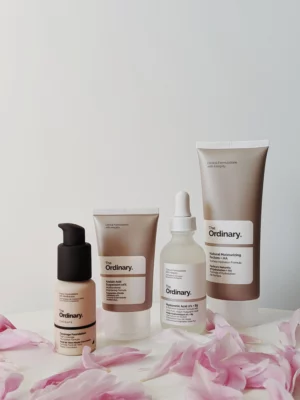
Today, it goes without saying that social media is the abode of several viral beauty fads. Videos with the most views usually have the most outrageous ideas (never forget squiggle eyebrows or snail facials). A dermatologist-developed skincare routine termed ‘skin cycling,’ which has rapidly gained popularity worldwide and doesn’t involve unusual ingredients or toxic chemicals, is on the verge of becoming a regular component of your skincare regimen instead of merely a fleeting fad.
Skin cycling is clearly a buzz, but is this just another innovative procedure or a step that your skincare regimen is missing? Skin cycling is not a spin workout for your skin, despite the name. According to board-certified dermatologist Dr Whitney Bowe of New York City, the phrase is actually used to describe how products are applied to the skin.

Skin cycling is a four-night process that goes a little like the following.
Night One: Exfoliate
The first session of the skin-cycle treatment involves exfoliation. Exfoliation improves the effectiveness of skincare products by removing dead skin cells to make room for fresh, healthier cells to form. All of this determines the tone for the following several evenings.
After cleansing your face with your regular cleanser and patting the skin dry with a towel, use an exfoliator. Gentle chemical exfoliators, such as alpha-hydroxy acids (AHA) or beta-hydroxy acids (BHA), should be used instead of physical exfoliators. Exfoliators will improve product absorption, boost collagen synthesis, and provide your skin that looks healthier.
Night Two: Retinoid
Exfoliators should be replaced with retinol products on the second night. After cleansing with a cleanser, apply your retinol. Retinol encourages rapid cell turnover, reduces the visibility of fine lines and wrinkles, lightens dark spots, and improves skin tone. Apply a moisturising cream to the delicate areas of your face, such as the corners of your nose, marionette lines, and the undersides of your eyes, if you’re new to using retinoids or skin cycling in general. As a buffer, this will prevent dryness and irritation. Next, apply your retinoid all over your face, neck, and décolletage.
Nights Three & Four: Repair and Recovery

The Benefits Of Skin Cycling
Skin cycling follows the paradigm of using the fewest items possible while reaping the greatest advantages. It prevents the overuse of cosmetics because each night performs a specific role for the skin. On the first night, chemical acids like AHAs and BHAs are used to remove dead skin cells and get healthier, younger skin cells. Pollutants previously tethered to your skin’s surface layer will be released, allowing items to penetrate your skin more successfully. The next night, you apply retinol, which has many positive effects on the skin but could aggravate some skin types because of its strength. When overused, it might have a negative impact. Skin cycling will restrict retinol consumption and provide instructions on how often and on which nights to apply it, preventing skin irritation by repeating the same procedure too frequently. The following two nights generously provide healing time by applying moisturising and skin-strengthening products. At the conclusion of the cycle, the skin has been renewed and restored.









